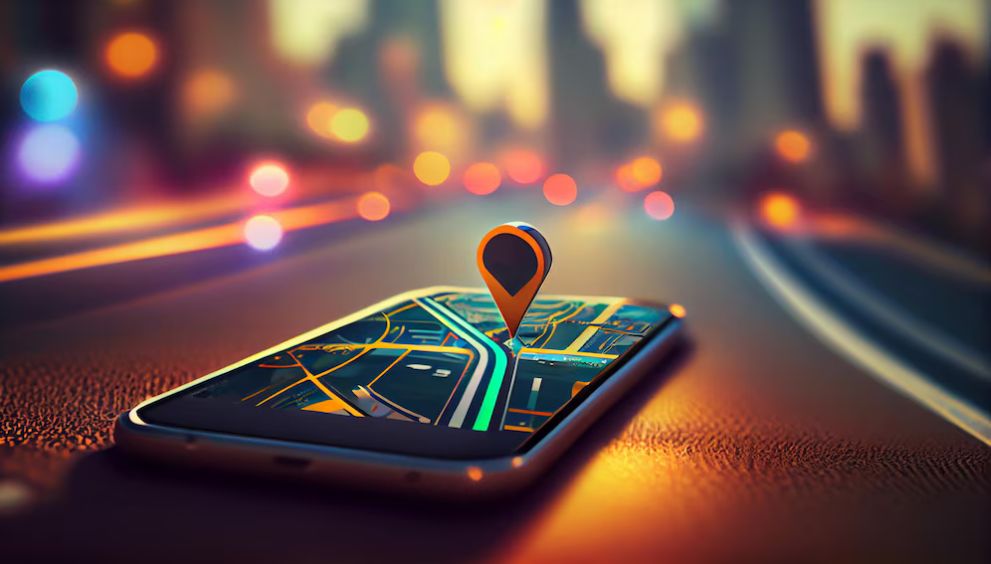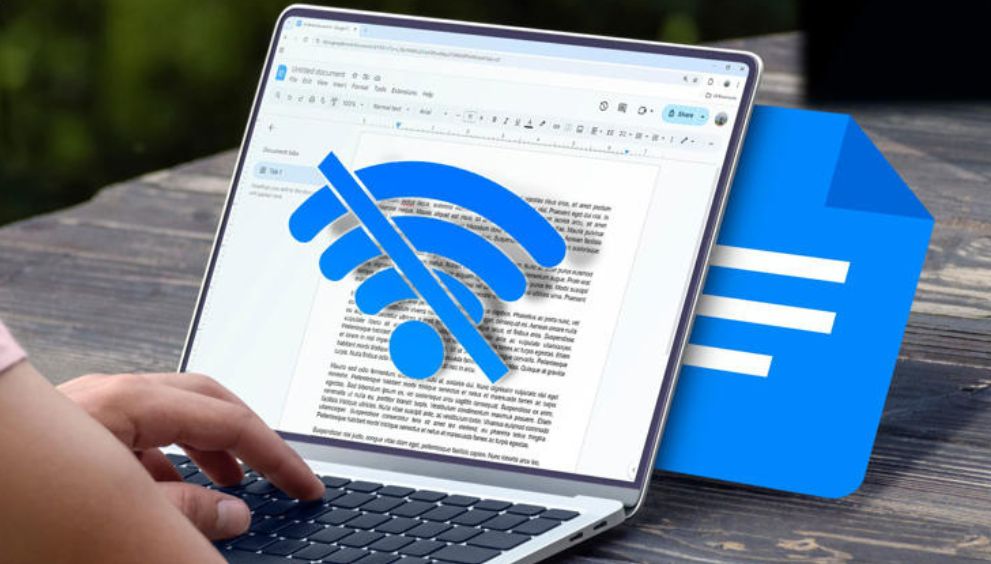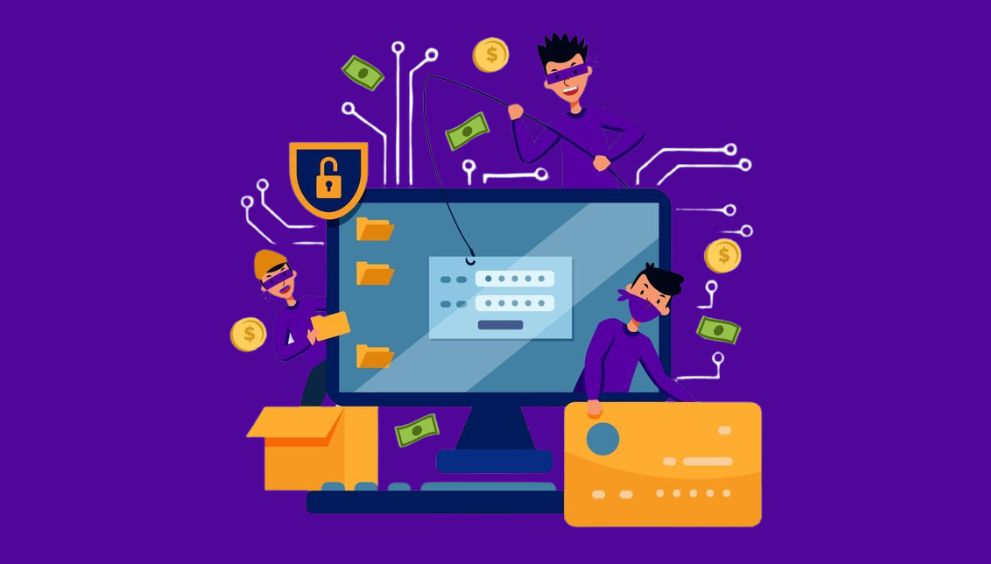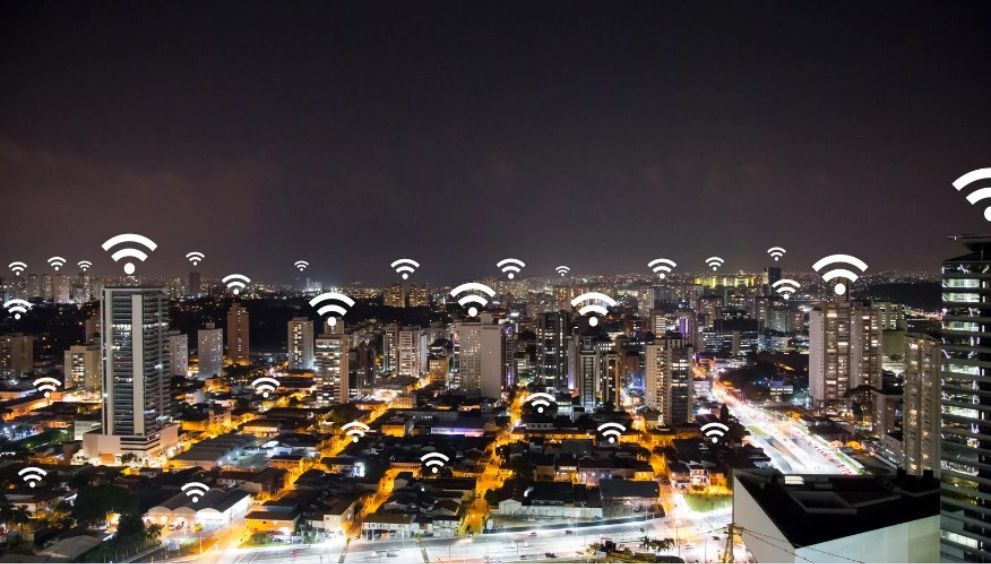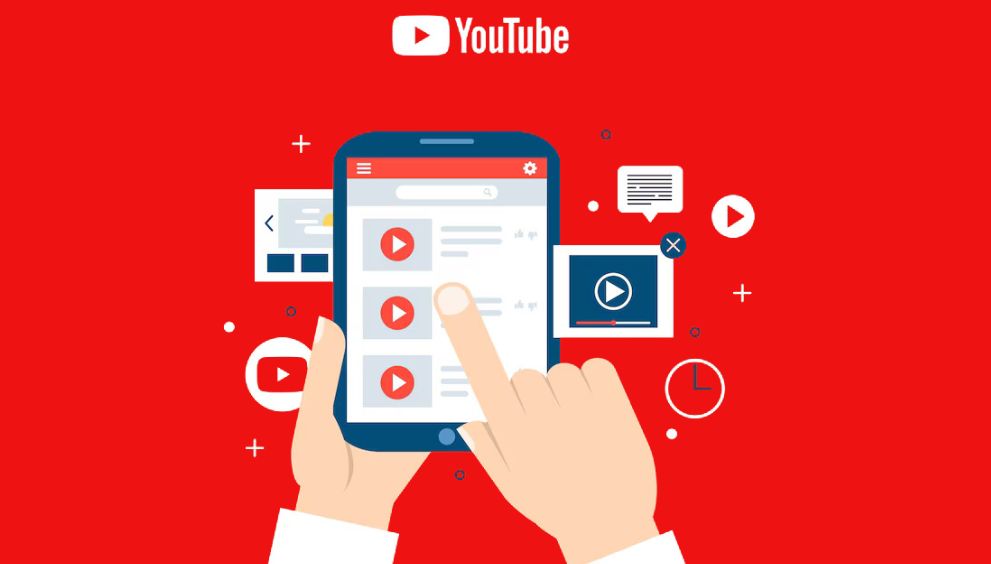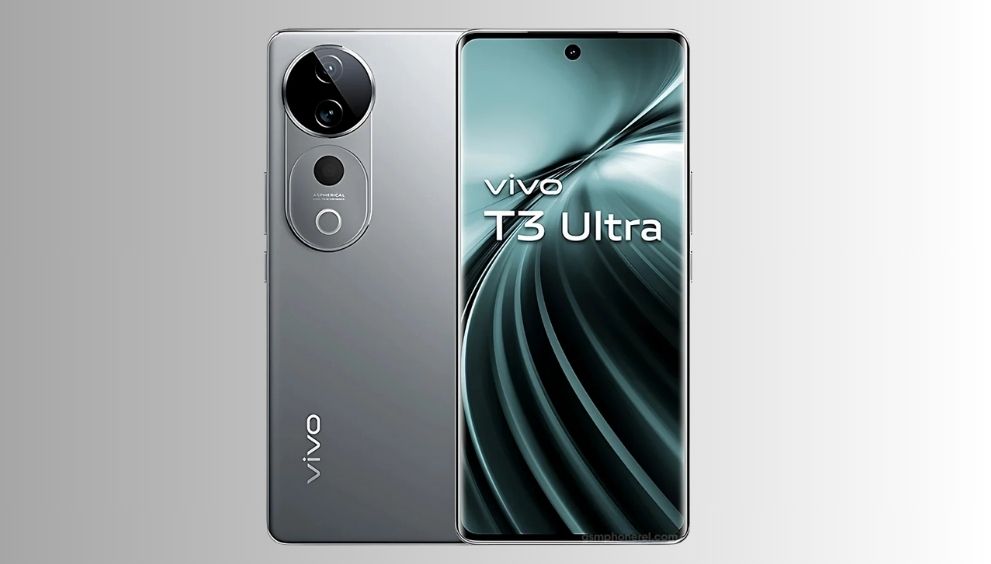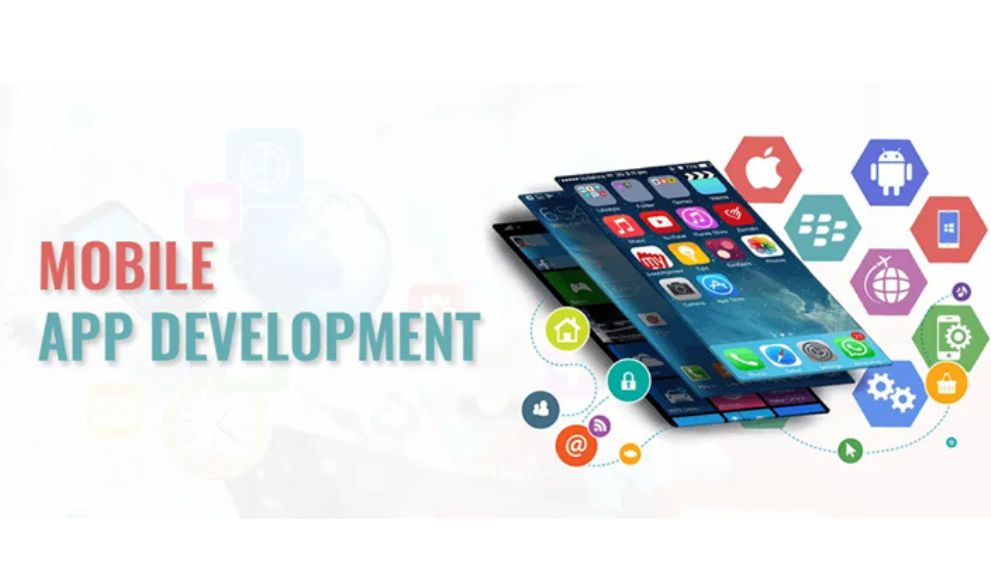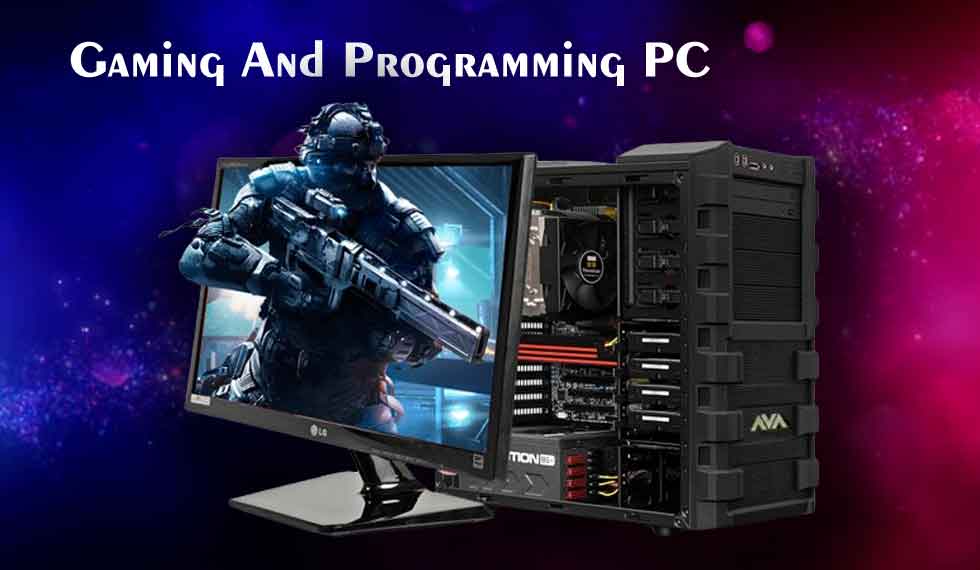The Rise of 5G Technology and Its Implications for Connectivity

Connectivity is one of the most important assets in the modern world and one of the worries of today’s economies and industries. The evolving wireless communication, or the advent of 5G technology, is a quantum leap that will provide much higher speeds, shortened latency, and way better connectivity. As the fifth generation of the telecommunications network, 5G creates new opportunities to change individual lives, businesses, and society at large significantly.
What is 5G technology?
5G, or the fifth generation of wireless technology, thus has been intentionally developed to overcome the previous versions of technological deficits. , 4G brought us high-speed internet and mobile streaming; 5G is even faster, reaching speeds 100 times that of 4G, with even less latency and the capacity to connect several billions of devices. This evolution is supported by innovative technologies such as millimeter waves, small cells, and massive MIMO.
The Key Features of 5G
High-Speed Internet: Today, it provides up to 10 Gbps download speed and is perfect for streaming, gaming, and sharing large files.
Low Latency: The reliability of the network connection has also improved with 5G providing even lower latency than 4G because of ultra-low latency (as low as 1 millisecond), where real-time, interactive applications such as autonomous cars and tele-surgery find greater utility.
Massive Device Connectivity: Industry, consumers, and automotive electronics expect 5G to support several million devices per square kilometer for IoT.
Energy Efficiency: Chapter 5 pointed out that 5G has high networking efficiency and utilizes less energy, hence being environmentally friendly.
Implications of 5G Technology
1. Revolutionizing Industries
The adoption of 5G is set to transform industries across the board:
Healthcare: 5G low latency and high reliability make remote surgeries, telemedicine, and real-time patient monitoring a reality.
Automotive: Self-driving cars use data gathered through communication that is made in real-time, which is what 5G offers due to its high speed.
Manufacturing: Residential better enables IoT devices, and automated systems present in smart factories can benefit from the improved coordination given by 5G.
Entertainment: This goes without saying; gaming and virtual reality, in particular, will experience a drastic uptick due to the higher speeds and glider experiences.
2. Advancing Smart Cities
Smart cities cannot be developed without the foundation of 5G. It enables:
IoT Integration: Other integrated assets include smart meters, traffic lights, and surveillance cameras.
Improved Public Services: Fast and effective networks contribute to the proper organization of stocking public transportation, waste disposal, and emergencies.
Sustainability: Analyzing results and using automation minimizes energy use and encourages people to contribute to the preservation of the environment.
3. Increasing Access for People
For consumers, 5G promises unparalleled convenience and efficiency:
- Quicker connection speed for streaming high-definition content in the forms of movies, music, television shows, etc.
- Fewer times when experiencing lag while engaging in online games.
- Better recording and transmitting of videos and pictures, remote working, and collaboration.
4. Boosting Economic Growth
It is anticipated that the deployment of 5G networks will add trillions of dollars to the world economy. It will generate employment, cause new business strategies, and push technological advancements in artificial intelligence, robotics, and cloud computing, among other domains.
Challenges in 5G Deployment
While 5G has immense potential, its implementation faces several challenges:
Infrastructure Requirements: 5G calls for massive infrastructure, subtle things such as small cell towers and fiber-optic cables to support the network.
High Costs: Since the construction and development of 5G networks require a lot of funds, some areas act as a restriction to adopting such networks.
Spectrum Availability: Spectrum availability is however limited in some regions, and if not properly divided among different service providers, it can lead to a situation where its availability affects the rate of deployment as it waits for its turn to be used.
Cybersecurity Risks: In the course of more entities getting connected, the probability of attack rises, then the need for security.
The Global Race for 5G
Today, all countries are striving to become leaders in the development of 5G. The United States has worked hard to deploy 5G networks along with China and South Korea, and they are followed by several European countries. The stakes have been identified as economic competitiveness, technological advancement, and even nationalism.
The Future of 5G
It is just the start of the growth of 5G. Consequently, 5G will build the base for further advancements in the technology field, such as 6G networks, improved applications of artificial intelligence, and the Internet of Things. It will revolutionize the interface between technological devices and human beings and subsequently human relationships to deliver an intelligent and interconnected world.
Conclusion
The new generation of connectivity is 5G, which has brought with it increased speed and possibilities in efficiency and connectivity. It encompasses all sectors, markets, and private lives, as well as holds out the prospect of a world in which connectivity is both effortless and omnipresent. Despite the hurdles, the gains of the 5G far supersede the limitations, a redefining factor in the digitization process.

































